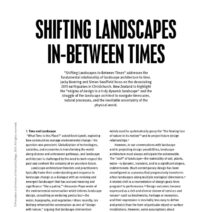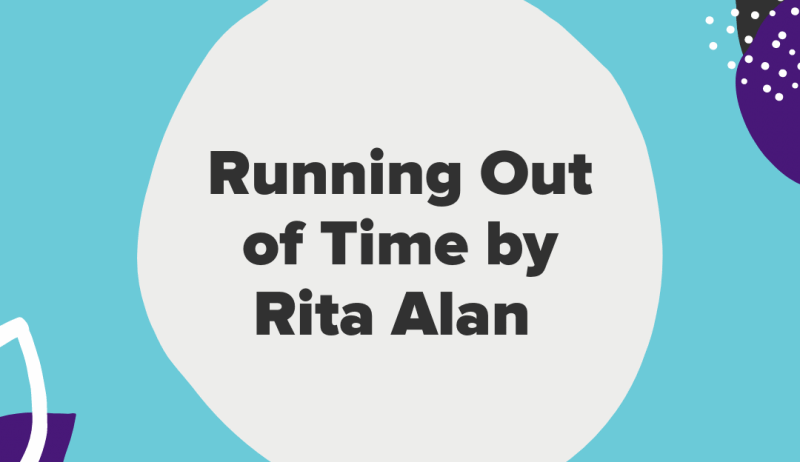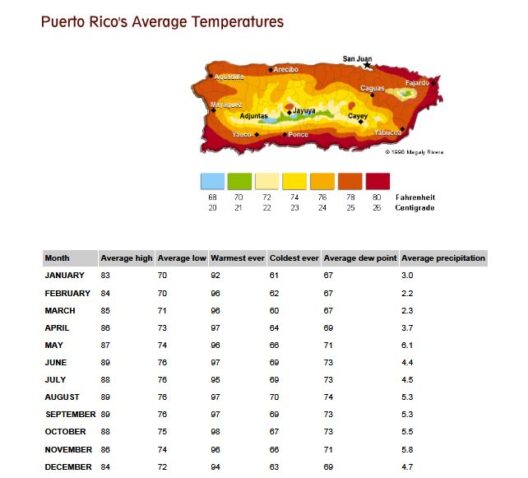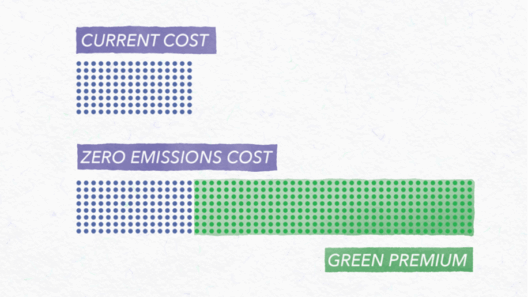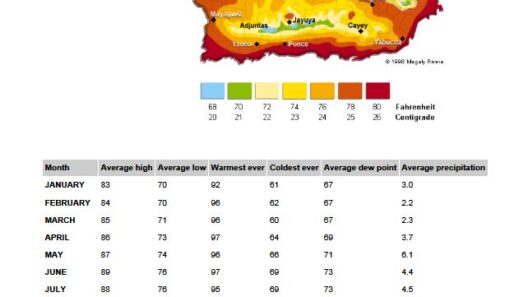Time, an ever-ticking clock, awaits no one. The Climate Clock, a metaphorical harbinger of our planet’s impending crisis, serves as a stark reminder that our window for action is closing rapidly. Much like the fable where a young hero faces an ominous countdown, the urgency of climate change demands our immediate attention. As the seconds slip by, the question persists: Are we truly running out of time to combat the climatic upheaval that threatens our existence?
The phrase “running out of time” resonates deeply in the context of climate change. It symbolizes not only a diminishing timeline but also the growing collective responsibility to amend our trajectory. The Climate Clock articulates this urgency, quantifying the finite carbon budget we have left to emit before surpassing critical global temperature thresholds. The implications of this are profound. If we continue on our current path, we risk irrevocable damage to Earth’s biosphere.
At the heart of this discourse lies the concept of a carbon budget—the finite amount of carbon dioxide we can emit while still maintaining a reasonable chance of limiting global warming to 1.5 degrees Celsius above pre-industrial levels. Scientists have painstakingly calculated this budget, revealing that our emissions are not merely abstract figures but a tangible countdown toward global consequences. Each fraction of a degree counts; it is the difference between catastrophic storms and manageable weather patterns.
Every tick of the clock amplifies the stakes. For instance, the Intergovernmental Panel on Climate Change (IPCC) reports that human activities have already caused a rise of approximately 1.2 degrees Celsius. This seemingly negligible increase has unleashed catastrophic events worldwide—worsening droughts, intensified hurricanes, and an alarming rise in sea levels. Each year that passes without substantial action further erodes our options and escalates the costs of mitigation.
As we stand at this pivotal junction, we must acknowledge not just the temporal constraints, but also the ethical implications of inaction. The most vulnerable populations—those often least responsible for greenhouse gas emissions—bear the brunt of climate change’s consequences. There is an intergenerational dimension, too; the choices made today will reverberate for decades, affecting not only our children but also generations yet unborn.
However, amid this grim portrayal, hope can be found. The Climate Clock serves as a call to arms—a catalyst for action rather than a mere stopwatch. Communities around the world are awakening to the urgency of the climate crisis, mobilizing efforts to advocate for systemic change. From grassroots initiatives to governmental policies, every action towards sustainability counts. Renewable energy technologies, conservation efforts, and innovative agricultural practices represent the phoenix rising from the ashes of complacency.
Moreover, the dialogue surrounding climate justice is critical in this endeavor. Environmental movements increasingly emphasize the interconnectedness of economic disparity and ecological degradation. Activists are united in the conviction that a sustainable future must be inclusive, ensuring that marginalized communities are empowered to participate in the transformation. This wrapped synergy between environmental policy and social equity signifies a paradigm shift; we can no longer view climate action as a singular responsibility but as a collective struggle forged in solidarity.
Investments in clean energy technologies are accelerating globally. The transition from fossil fuels to renewable energy sources such as solar, wind, and hydroelectric power is not merely a dream, but a burgeoning reality. Countries are setting ambitious targets, committing to net-zero emissions within the next few decades. The challenge lies, however, not just in setting lofty ambitions but in actualizing them through coherent policies and meaningful engagement from citizens and government alike.
Public awareness has surged incredibly over the past few years, propelled by tireless advocates and activists. Movements led by youth, such as those inspired by figures advocating for climate action, have ignited conversations worldwide. The power of social media has amplified the call, transforming a local issue into a global dialogue. These voices, often representing the youth of our planet, encapsulate the urgency of the moment and the profound responsibility that rests upon all shoulders.
While the Climate Clock ticks ever onward, it serves as a duality—a reckoning and a clarion call. What is at stake is not merely the preservation of ecosystems, but the very foundation of human civilization. The artistry of humanity lies not in passive observation but in proactive creation and restoration. As we endeavor to turn the tide, we must evoke the principles of resilience and innovation, framing our response to this crisis as a collaborative venture fostered through science, equity, and creativity.
As we reflect on whether we are running out of time, we must critically assess the strides made and the distance yet to travel. The narrative is not solely one of despair but an empowering story of potential that rests in our hands. It is not too late to pivot towards sustainable pathways, ensuring that our legacy is not one of deterioration, but of rejuvenation. The world waits for no one, and the time for action is now—not tomorrow, not next year, but at this very moment, as we are called to be stewards of our planet.
Thus, as the Climate Clock continues to count down, let it galvanize a movement of awareness, urgency, and unwavering commitment. Each tick is a reminder—a call to rise, to advocate, and to forge a sustainable tomorrow. Time may be running out, but the potential for meaningful change is ever within reach if we approach this challenge with deliberate action and collective resolve.
